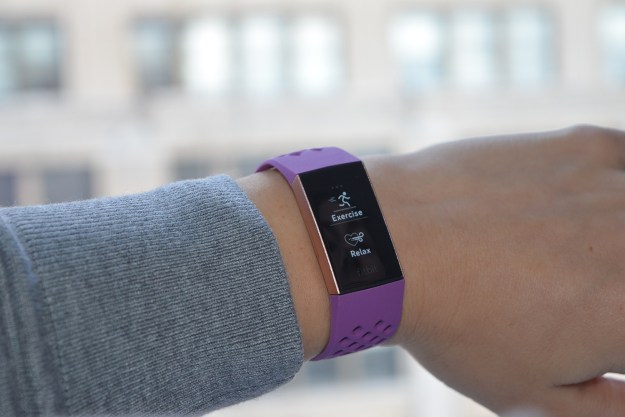
The battle between Fitbit and Jawbone presumably ended when Fitbit dropped its legal case against its competitor in late 2016, and Jawbone ultimately began its liquidation process in July 2017. But bad blood remains between these two — and the story reads like a spy novel.
On Thursday, June 14, U.S. federal prosecutors charged six Fitbit employees, both current and former, in an indictment for possession of stolen trade secrets from Jawbone. As a Fitbit representative told Digital Trends, five of the six individuals in the case are former Fitbit employees, one is current. According to the indictment, the employees once worked for Jawbone and received these secrets when they left the company. This violates the confidentiality agreements they signed with the now-defunct company and it lands them in legal trouble.
The drama between Fitbit and Jawbone has been raging since 2015, as Jawbone originally brought a lawsuit against Fitbit for “systematically plundering” so-called trade secrets. Jawbone accused Fitbit of stealing more than 300,000 confidential files, but in court, a judge decided that Fitbit had done no wrong. The case then continued involving patent infringements, but the two parties ultimately settled in December. At that point, Jawbone had already shuttered operations, so the decision seemed moot.
But now, old skeletons are emerging from the closet, and Jawbone may have been correct all along in claiming that Fitbit had attained its rival’s plans. In a statement to the Verge, Fitbit noted that the original 2015 lawsuit actually involved the same six people: “In a trade secret misappropriation case brought by Jawbone in the International Trade Commission in 2016 that involved these same individuals, a federal administrative law judge during a nine-day trial on the merits found that no Jawbone trade secrets were misappropriated or used in any Fitbit product, feature or technology.”
These six individuals will now face trial and should they be convicted, they could be looking at up to 10 years in prison. Of course, this case will continue to develop in the coming days and weeks and we will be sure to update you with any news.
Updated on June 15: Added a statement from Fitbit regarding the employment status of the charged individuals in the case.
Editors' Recommendations
- The future of Fitbit doesn’t look good
- The Fitbit Charge 6 is a fitness tracker and smartwatch hybrid
- Fitbit Versa 4 vs. Fitbit Sense 2: Which new Fitbit wins?
- The best fitness trackers for kids
- Fitbit cleared to launch new feature that could save lives


